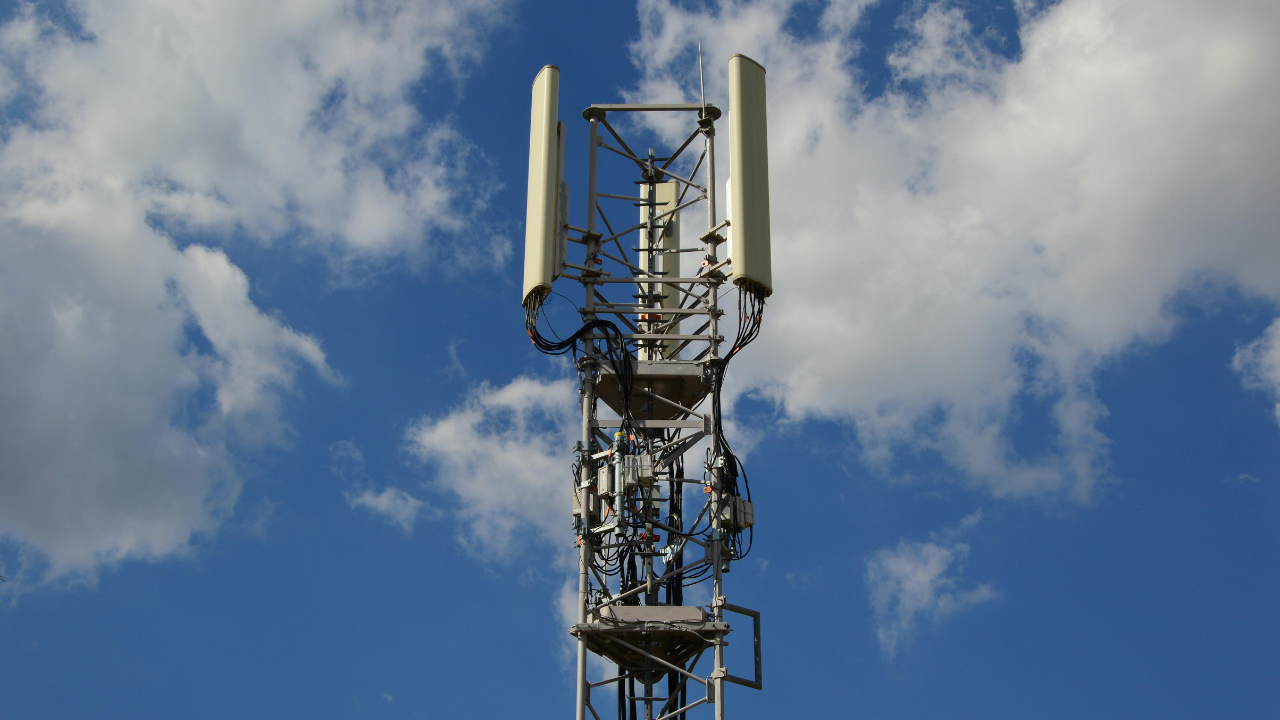The Department of Telecommunications (DoT) under the Ministry of Communications, Government of India, is ramping up to roll out regulations regarding the spectrum allocations for the satcom regime. It is close to finalising the first draft of the same, likely to be shared with the stakeholders very soon, as per a report by ET.
The market is looking quite optimistically at the unfolding of India’s satcom landscape, as TRAI publishes its recommendations around the charges of the spectrum, getting the ball rolling in the right direction. As India’s highest telecom decision-making body- the Digital Communications Commission (DCC) is all set to take up the recommendations, in the meanwhile, it is expected of the DoT to formulate the rules and regulations around the allocation to make things more clear.
To read more about the recommendations of TRAI regarding satcom spectrum allocations, click here!
Just a Couple of Months
Regarding the time it will take the department to formally roll out the rules and regulations surrounding allocations, one of the officials privy to the details told ET, “The licensing and satellite divisions of the DoT are close to finalizing the allocation rules. The draft will be soon put out and final rules are expected to be notified in a couple of months,” subject to anonymity.
There has been a rule regarding the allocation previously, but the modalities have to be defined afresh, as from now onwards, there will be an authorisation regime wherein rules will be notified separately.
First-Come, First-Served Basis
Regarding the challenges in the allocation of the spectrum, administratively, another official told ET, “Since satellite spectrum is a shared resource, a first-come, first-served policy won’t be a problem, as the same spectrum can be utilised by late entrants. But the key issue will be around interference and how best it can be minimised. “
The statement reflects potential challenges of minimizing conflict around the spectrum allocation, which are bound to happen as the government decides to allocate the spectrum administratively rather than going for an auction-based approach.
To read more about Starlink’s recent approval from the DoT and its repercussions for the Indian market, click here!
TRAI’s Recommendation
A new fee structure proposed by TRAI for satellite operators distinguishes between urban and rural service areas. Both geostationary (GSO) and non-geostationary (NGSO) players would be subject to a 4% adjusted gross revenue (AGR) fee and a minimum annual spectrum charge of ₹3,500 per MHz. However, only urban-based satcom companies would incur an additional annual fee of ₹500 per subscriber, while rural users would be exempt.




